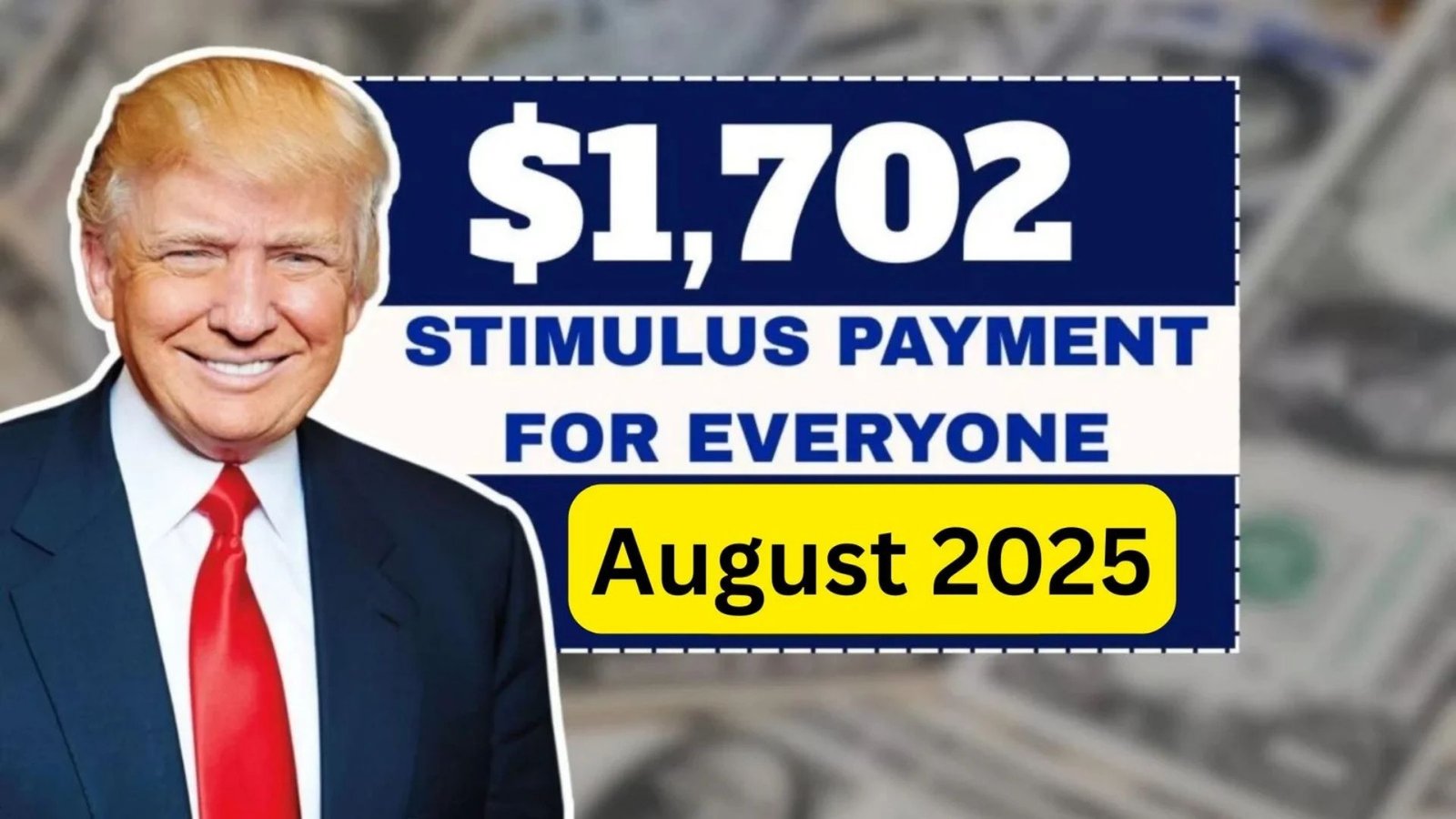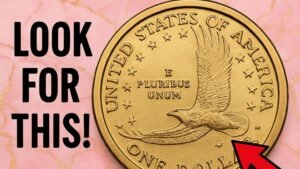What if your bank account was about to receive a $1,702 surprise—and you didn’t even know it yet? This August, millions of Americans are set to receive a direct deposit stimulus payment, but the eligibility, claim process, and exact dates aren’t as simple as you might think. Stay tuned, because the answers could be worth over a thousand dollars.
What Is the $1,702 August Stimulus Check?
The $1,702 stimulus check is part of a federal relief initiative designed to support qualifying Americans facing rising living costs in 2025. Unlike past stimulus waves, this one is targeted—focusing on specific low- to middle-income earners, Social Security recipients, and individuals with dependent children.
It’s not universal, but if you meet the right criteria, you may be in for a substantial tax-free payment this month.
The Backstory: Why Another Stimulus Now?
The push for a new stimulus check in August 2025 stems from a combination of economic pressures: continued inflation, increasing housing costs, and ongoing pandemic recovery efforts. While not labeled as a “COVID” relief payment, this round aims to stabilize households struggling with day-to-day expenses.
The idea gained momentum after several states launched their own relief packages. The federal government followed, offering a $1,702 one-time payout—an amount determined by average inflation-adjusted need per household.
Why This Stimulus Payment Matters Now
In 2025, groceries, utilities, rent, and healthcare are eating up more of Americans’ income than ever. The $1,702 check could:
- Help cover rent or mortgage payments
- Offset utility or grocery bills
- Provide relief for families with children or elderly members
It’s not just cash—it’s a lifeline for those living paycheck to paycheck.
How to Know If You Qualify and Claim Your $1,702 Check
Not everyone will receive the August stimulus automatically. Here’s what you need to know:
Eligibility Requirements
- Filed a 2023 or 2024 federal tax return
- Adjusted Gross Income (AGI) under a set threshold
- Social Security, SSDI, or VA beneficiaries
- Parents/guardians with dependents
- Must be a U.S. resident with a valid Social Security number
How to Claim It
- Automatic Direct Deposit if IRS has your banking info
- Paper check or debit card if no direct deposit setup
- Non-filers must use the IRS non-filer tool before August 20
- Deadline to ensure August payout: August 15, 2025
Payment Timeline: When Will the Checks Arrive?
| Payment Type | Distribution Method | Estimated Delivery Date |
|---|---|---|
| Direct Deposit | Bank Transfer | August 15–22, 2025 |
| Paper Check | USPS Mail | August 23–30, 2025 |
| Debit Card | U.S. Treasury Direct Card | August 28–September 5, 2025 |
Note: Delays may occur based on location, banking hours, or IRS processing times.
Fast Facts About the 2025 Stimulus
| Fact | Details |
|---|---|
| Maximum Payout Amount | $1,702 per qualifying individual |
| Taxable? | No — it’s tax-free |
| Must File Taxes to Get It? | Yes (unless on Social Security) |
| Funding Source | Federal relief budget surplus |
| Additional Round Expected? | TBD — possible if inflation persists |
Expert Tips: How to Maximize Your Stimulus Benefits
- Update your IRS info to avoid delays—especially banking details and address
- Claim dependents accurately on your 2023 return to ensure full payment
- Watch for IRS letters or updates confirming your eligibility
- Avoid scams—the IRS will never ask for your info by phone or email
Frequently Asked Questions (FAQs)
Will everyone get the $1,702 stimulus check?
No. Only eligible individuals based on income, tax filing status, or federal benefit status will receive the payment.
Do I need to apply separately?
Most recipients will get it automatically. If you haven’t filed taxes recently, use the IRS non-filer tool by August 20.
Is this taxable income?
No. Just like past stimulus checks, the $1,702 payment is not taxable.
Can I track my payment?
Yes. Use the IRS “Get My Payment” tool to monitor status and delivery.
What if I miss the deadline?
You may still receive payment, but it could be delayed or pushed to a later distribution round.
Conclusion: Don’t Miss Out on This $1,702 Opportunity
The August 2025 stimulus check isn’t just another government program—it could be your chance to catch up on bills, support your family, or simply breathe easier. But missing a step—like updating your information or filing in time—could cost you.
Double-check your eligibility, make sure your info is current, and don’t let your $1,702 go unclaimed. This is a rare chance to get meaningful relief—delivered directly to your bank account.




